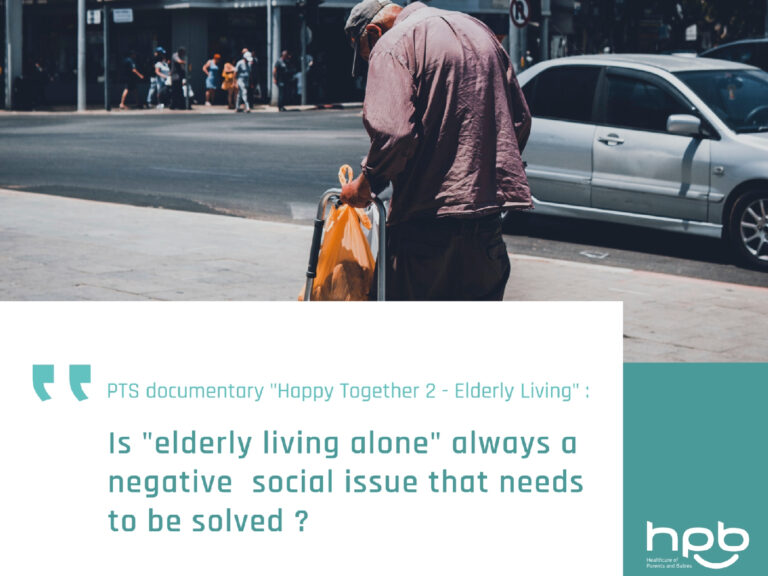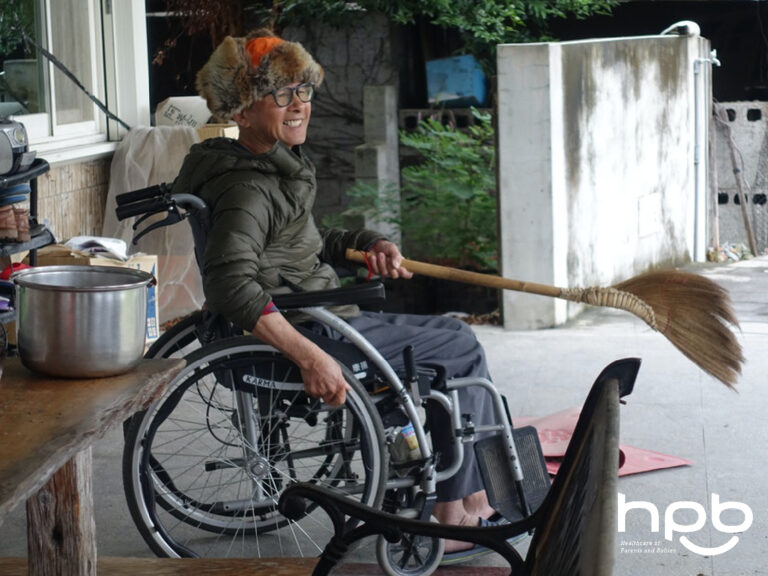PTS documentary “Happy Together 2 – Elderly Living” : Is “elderly living alone” always a negative social issue that needs to be solved ?
The daughter who relied on her for everything passed away due to illness when Chen was 60 years old, leaving her to begin a “solitary old life”. However, the landlord suddenly notified her to vacate the house, and taking over her daughter’s internet business was not easy either.
“Finding a job and finding a house are both very difficult! “She was lucky to find a job, and after hitting a wall everywhere, she finally became a chef in charge of lunch at an architect’s office through a friend’s introduction. “But it has nothing to do with what I learned before. I used to do accounting, cooking was just a hobby, and I never thought that one day I would make money as a chef!”
When it comes to finding a house, it is even more heartbreaking! “Real estate agents don’t want to do business with us at all, because no one wants to rent a house to an elderly person. Even if I’m a first-time homebuyer, it’s not easy to get a loan, and the loan amount and percentage I can get are very low!”
Do you think Chen’s story is rare in Taiwan? Chen actually meets the definition of “elderly living alone”.

Government agencies and social welfare organizations’ publications or websites also refer to “elderly living alone requiring care” as simply “elderly living alone”, and view them as a “problem” that needs to be solved. It is no wonder that when we hear about elderly living alone, we often conjure up such miserable images in our minds.
But is this really what elderly living alone looks like? Is being old really the case? The book “The Age of Living Alone: Because I Can” points out that in the past 10 years, the global population of people living alone has increased by 33%. The countries with the highest proportion of people living alone include Nordic countries such as Sweden, where the proportion of single-person households is over 40% to 45%, and in the capital Stockholm, the proportion of people living alone is even over 70%.
In Taiwan, the number of elderly living alone has also grown explosively. The Ministry of the Interior released data on “Residences for the Elderly Population Only” in October 2021, which shows that the number of residences for people aged 65 and above has reached 627,000, almost doubling from 330,000 ten years ago. The number of residences where only one elderly person lives alone has also increased from 226,000 ten years ago to 477,000, a doubling in quantity.

From many examples, we can see that living alone does not necessarily mean loneliness, and being elderly does not necessarily mean being vulnerable. What lacks progress is the existing system and our imagination of aging in society. However, the number on the ID card restricts both the society’s imagination of aging and the seniors’ potential to live a good life and pursue their interests in this life stage.
Even if they are still capable of being self-reliant and willing to contribute to society, they often struggle to find jobs or rent housing. Even first-time homebuyers cannot obtain favorable loan terms. If they also have disabilities, the challenges become even greater.
Uncle Gang, who suffers from cerebellar atrophy, does not let the degeneration of his body limit him. He works hard to live independently, take care of the farm, and run a bed and breakfast all by himself. Grandma Hua Bian, who spent her whole life in Yong’an, Kaohsiung, finally found her dream and learned to pursue it no matter how old she is thanks to the Xianjiao Broadway program from the Hung Tao Elderly Welfare Foundation. Having a dream is beautiful at any age.
The original article is from The News Lens, written by Yufan, and the photos are provided by Public Television Service (PTS).
